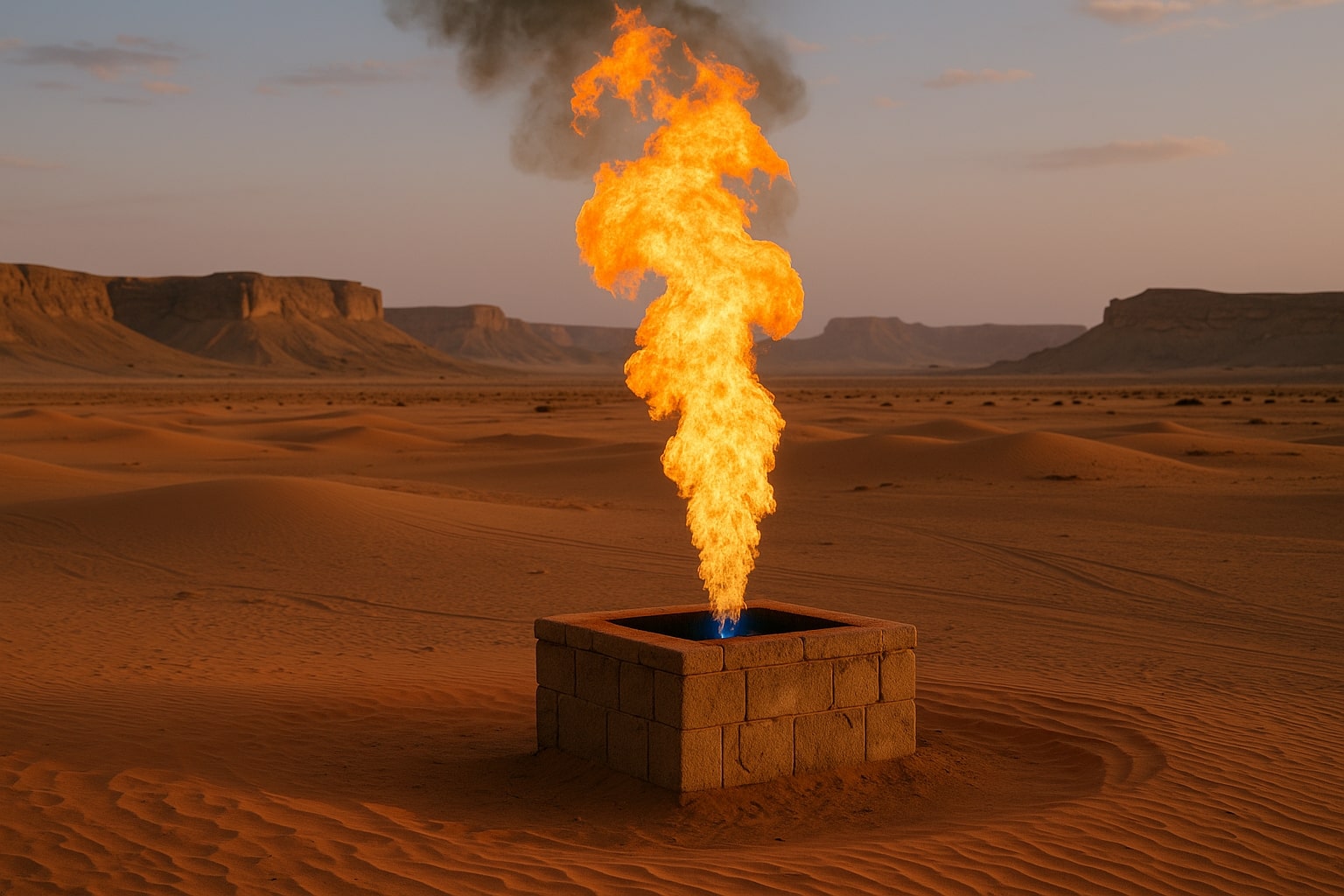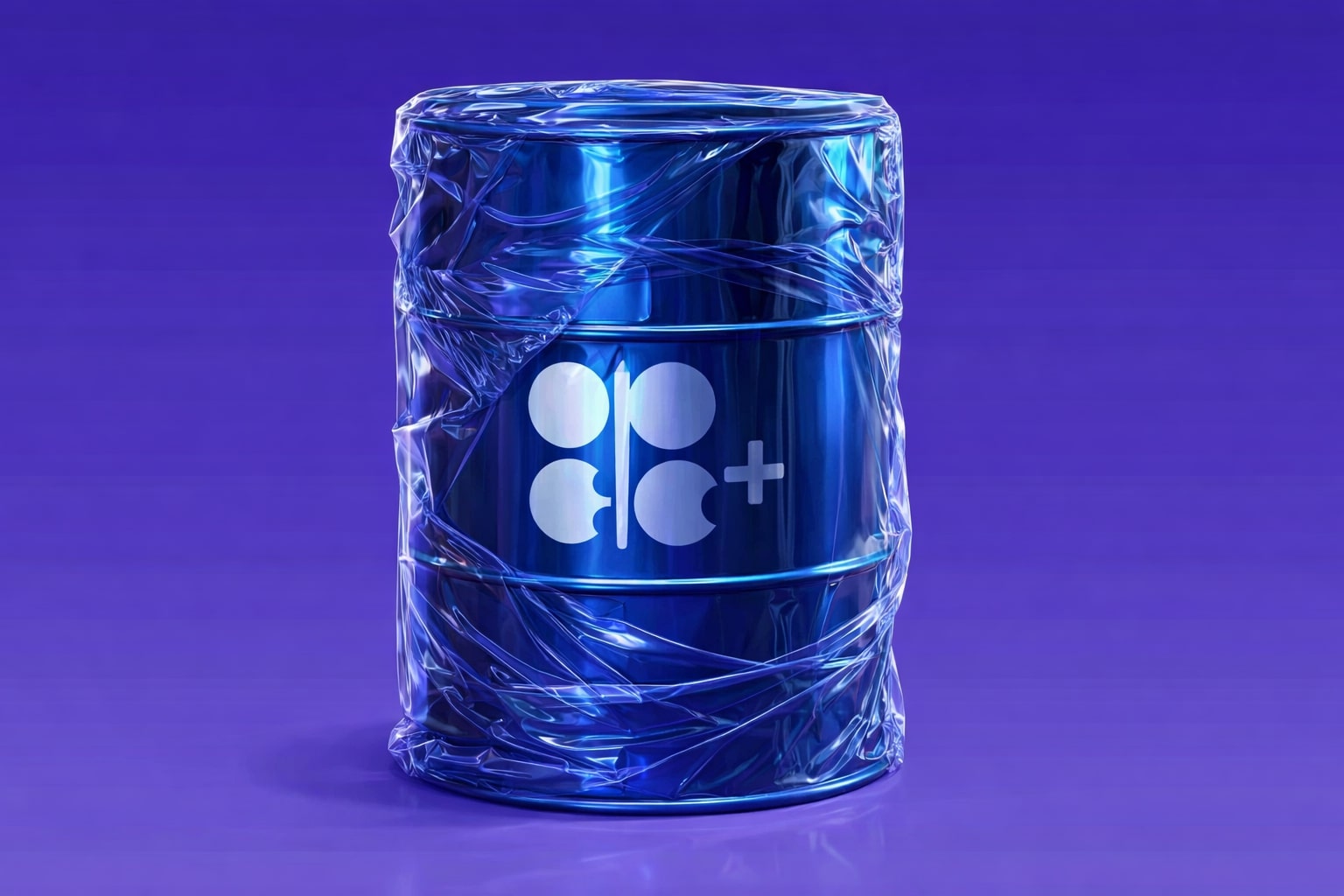Natural Gas (NG=F) Price Analysis: Bulls Target $3.50 as Heatwave, LNG Flows, and Supply Cuts Tighten Market
Natural Gas Jumps Above $3.30 — Weather and Storage Push Prices Toward $3.50
Natural gas futures (NG=F) surged past $3.30 in late July trading, fueled by aggressive cooling demand, weak production trends, and bullish inventory data. Prices are now eyeing the $3.50 resistance zone, a level not seen since early 2024. The move marks a sharp reversal from early Q2 lows around $2.30, driven by a wave of record-setting heat across the U.S. and Europe, paired with disappointing weekly EIA storage builds.
The July 17 EIA report showed an injection of just 29 Bcf, well below the five-year average of 43 Bcf, dragging total working gas inventories down to 3,083 Bcf. That puts storage just 7% above the five-year average, down from over 20% earlier this year. If this trajectory holds, the U.S. could enter winter understocked, raising significant risk premium in Q3 pricing models.
Heatwave Triggers Demand Surge as Cooling Degree Days Spike
The current heat dome blanketing the Midwest and South has generated the highest cooling degree days (CDDs) seen in July since 2011. Power burn demand for gas-fired electricity has spiked past 47 Bcf/day, while residential and commercial usage has hit summer highs. NOAA forecasts show continued above-average temperatures through early August, locking in a weather-driven demand floor.
This heatwave is particularly impactful given flattening dry gas production. Output has hovered near 99 Bcf/day, below the 2023 high of 102 Bcf/day, with declines in the Haynesville and Appalachia basins offsetting Permian gains. Maintenance outages and declining rig counts — now down to 104 from 145 a year ago — are weighing on upstream flows.
LNG Export Demand Nears Capacity — Global Tightness Adds Fuel
LNG exports remain a powerful pillar of bullish support. U.S. terminals are operating near peak capacity at 14.2 Bcf/day, with Europe and Asia driving demand. European storage is nearing 87% full, but extreme weather and supply uncertainty from Norway and Russia are triggering risk hedging. Asian buyers, particularly from Japan and South Korea, are ramping purchases early ahead of hurricane season.
This LNG draw is keeping Gulf Coast basis elevated and reducing net injections into storage. The Freeport and Sabine Pass facilities are reporting minimal unplanned downtime, maximizing throughput during the most price-sensitive time of year. Any disruption — weather, labor strikes, or equipment failures — could send prices higher on thin margin.
Technical Structure Turns Aggressively Bullish — $3.50 Within Reach
The daily chart for NG=F confirms a clean breakout above $3.15, with accelerating volume and RSI momentum above 65. This confirms a medium-term bullish trend. The next major resistance lies at $3.50, which marks the April 2023 high and the neckline of the long-term inverse head-and-shoulders formation.
A clean break above $3.50 opens the door to the $3.66–$3.72 range, where multiple Fibonacci levels and prior rejection points align. Beyond that, the psychologically critical $4.00 level remains the longer-term stretch target, though likely dependent on continued heat or a supply disruption.
Support now sits at $3.15, with stronger backing at $3.00 — the previous breakout zone and rising 50-day EMA. Below that, risk opens up toward $2.82, though the current fundamental picture makes such a retracement unlikely without a shock cooldown or storage surprise.
Macro Backdrop and Supply Risk Bolster Price Floor
Beyond weather and exports, macro trends continue to favor natural gas structurally:
-
Rig counts are falling, and capital discipline from E&Ps is keeping production in check.
-
Renewables intermittency during heatwaves means gas must serve as backup generation, especially during peak hours.
-
Hurricane season adds upside risk for August–October, especially if LNG or Gulf production is disrupted.
-
Election year energy policy talk is heating up, with both parties signaling support for domestic LNG growth, which may constrain domestic supply longer-term.
Natural gas remains a key transitional fuel, and the market is beginning to reprice its strategic importance as coal plants are phased out and renewables infrastructure struggles to handle peak demand.
Volatility Ahead: Bulls in Control, But Risks Must Be Managed
Despite the bullish setup, natural gas remains historically volatile. Any surprise storage injection above 50 Bcf, unseasonal cold snap, or LNG export slowdown could trigger a sharp pullback. Traders should watch:
-
Weekly EIA reports on Thursdays for storage guidance
-
NOAA 6–10 day forecasts for temperature shifts
-
Spot LNG prices in Europe and Asia, which impact forward flows
-
Open interest shifts, which can signal institutional repositioning
So far, the market remains long-biased, with net managed money positions at their most bullish in over 10 months, suggesting speculative capital is fueling the move.
Buy, Sell, or Hold on Natural Gas (NG=F)?
Natural gas (NG=F) remains a Buy, with upside targets at $3.50 and $3.66 still credible under current weather and inventory trends. Support at $3.15 and $3.00 offers manageable risk for long entries. LNG demand, production discipline, and an aggressive summer heatwave are setting the stage for a volatile but bullish Q3.
Unless weekly EIA injections dramatically improve or demand collapses, gas bulls are likely to keep control through early August. A decisive breakout above $3.50 would open room toward $3.70–$4.00, though tactical traders should lock in partial gains at resistance and respect weather volatility.




















